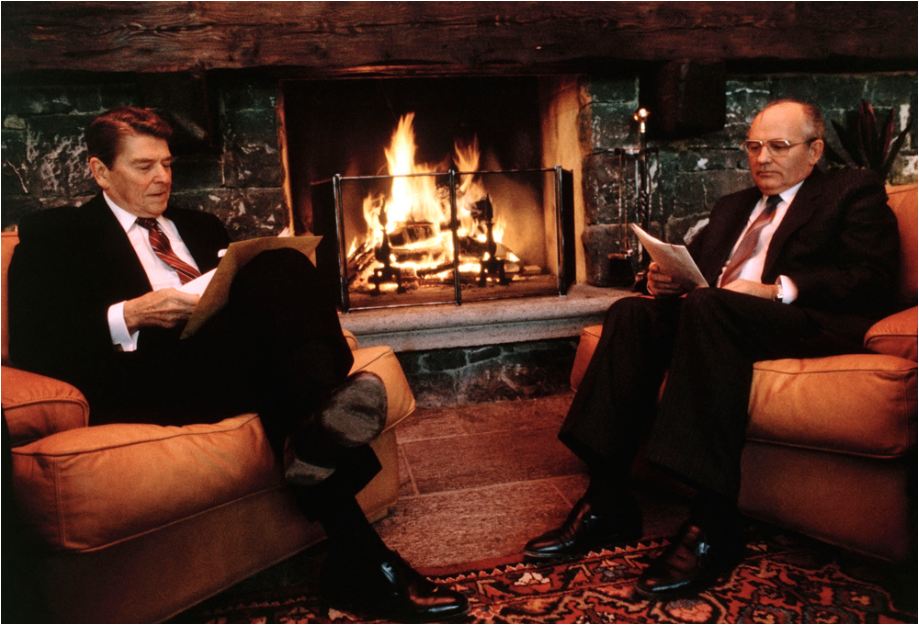Your browser does not support viewing this document. Click here to download the document.
1934 CARNEGIE AGREEMENT
Your browser does not support viewing this document. Click here to download the document.
BILL GATES ROAD TO RUSSIA
Gates made a handful of visits to Mother Russia, most recently in 2007, but his 1990 visit was perhaps his most influential and least-heralded. Few stories about the trip exist, but his work helped to set the stage for Microsoft’s long-lasting takeover of the Russian market, and built relationships with Russian developers. WHY WAS GATES not CHASTISED FOR COLLUDING WITH RUSSIA??
AS the Cold War thawed, Microsoft was there with a chisel to break the ice. It was a tiny German offshoot of Microsoft that spearheaded something that would revolutionize the relationship between the U.S. computer industry and the Soviet Union: A plan to fully localize MS-DOS and Microsoft Works for the Russian markets. This was a big deal, as the operating system and application suite, respectively, played key roles in Microsoft’s initial takeover of the world of computers.
The potential upside to doing business inside the Iron Curtain was huge. This was a fairly untapped market that made up a sixth of the world’s land mass at the time, and had a population that nearly matched that of the United States. Soviet computer users of the era, from the top on down, were pirating just about everything. And Microsoft’s did not hide its desire to make nice with America’s Cold War enemy. Bill Gates himself made a visit to Moscow in April of 1990 in an effort to rally the troops.
The troops that he rallied worked for the Soviet-American joint venture Dialogue (JV Dialogue), an organization set up essentially to connect the U.S. computer industry with Russia’s. The project was daunting. According to Yuri Starikov, who helped manage the JV Dialogue projects, localization was more than just changing a few words here and there. Manufacturers and developers around the world were essentially creating the script, and the Soviet Union was no exception.
But the real problem for Russian computer users was the hardware. There were a lot of reasons for this, some of them diplomatic in nature. The Coordinating Committee for Multilateral Export Controls, a coalition of 17 Western countries, greatly limited the number of computers that could be sold in the Eastern Bloc. Until the early ’90s, the coalition limited access to Intel’s most popular processors, along with networking equipment and some of the manufacturing tools needed to build computers. That made entering the market a no-go for many of the world’s biggest tech players.
The limited access to hardware mostly kept Russia out of the PC revolution until the late ’80s, Starikov noted, until the creation of the ES-1840, an IBM clone released by the Minsk Computer Technology Production Association (MPOVT) in 1986. These cloned computers were common then, but are obscure now, and faded out of view by the early ’90s.
Had Microsoft chosen not to step in with its own attempts to give Russian consumers legal versions of its operating systems, the Russian computing industry may have been forced to create its own path onto the information superhighway.
AS the Cold War thawed, Microsoft was there with a chisel to break the ice. It was a tiny German offshoot of Microsoft that spearheaded something that would revolutionize the relationship between the U.S. computer industry and the Soviet Union: A plan to fully localize MS-DOS and Microsoft Works for the Russian markets. This was a big deal, as the operating system and application suite, respectively, played key roles in Microsoft’s initial takeover of the world of computers.
The potential upside to doing business inside the Iron Curtain was huge. This was a fairly untapped market that made up a sixth of the world’s land mass at the time, and had a population that nearly matched that of the United States. Soviet computer users of the era, from the top on down, were pirating just about everything. And Microsoft’s did not hide its desire to make nice with America’s Cold War enemy. Bill Gates himself made a visit to Moscow in April of 1990 in an effort to rally the troops.
The troops that he rallied worked for the Soviet-American joint venture Dialogue (JV Dialogue), an organization set up essentially to connect the U.S. computer industry with Russia’s. The project was daunting. According to Yuri Starikov, who helped manage the JV Dialogue projects, localization was more than just changing a few words here and there. Manufacturers and developers around the world were essentially creating the script, and the Soviet Union was no exception.
But the real problem for Russian computer users was the hardware. There were a lot of reasons for this, some of them diplomatic in nature. The Coordinating Committee for Multilateral Export Controls, a coalition of 17 Western countries, greatly limited the number of computers that could be sold in the Eastern Bloc. Until the early ’90s, the coalition limited access to Intel’s most popular processors, along with networking equipment and some of the manufacturing tools needed to build computers. That made entering the market a no-go for many of the world’s biggest tech players.
The limited access to hardware mostly kept Russia out of the PC revolution until the late ’80s, Starikov noted, until the creation of the ES-1840, an IBM clone released by the Minsk Computer Technology Production Association (MPOVT) in 1986. These cloned computers were common then, but are obscure now, and faded out of view by the early ’90s.
Had Microsoft chosen not to step in with its own attempts to give Russian consumers legal versions of its operating systems, the Russian computing industry may have been forced to create its own path onto the information superhighway.


